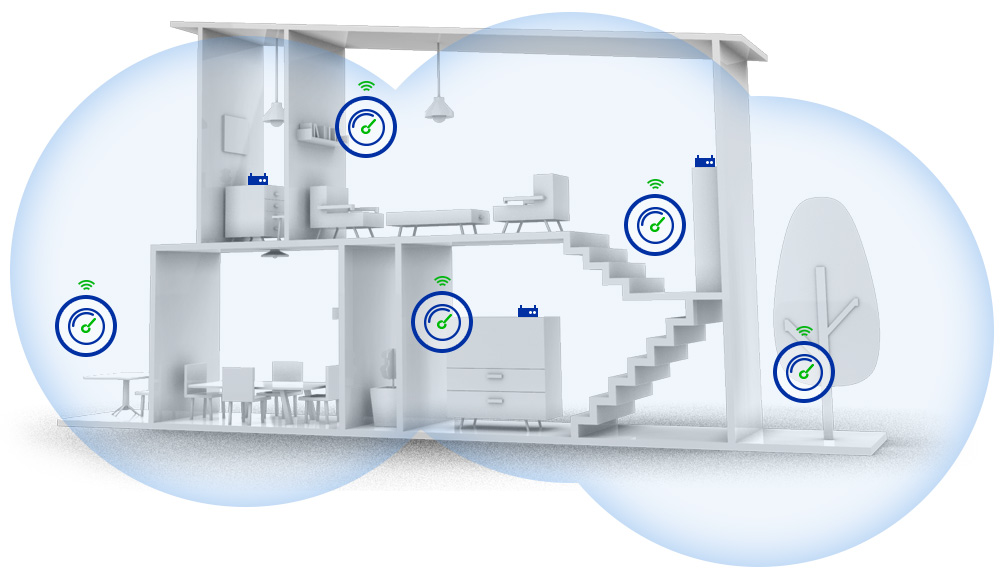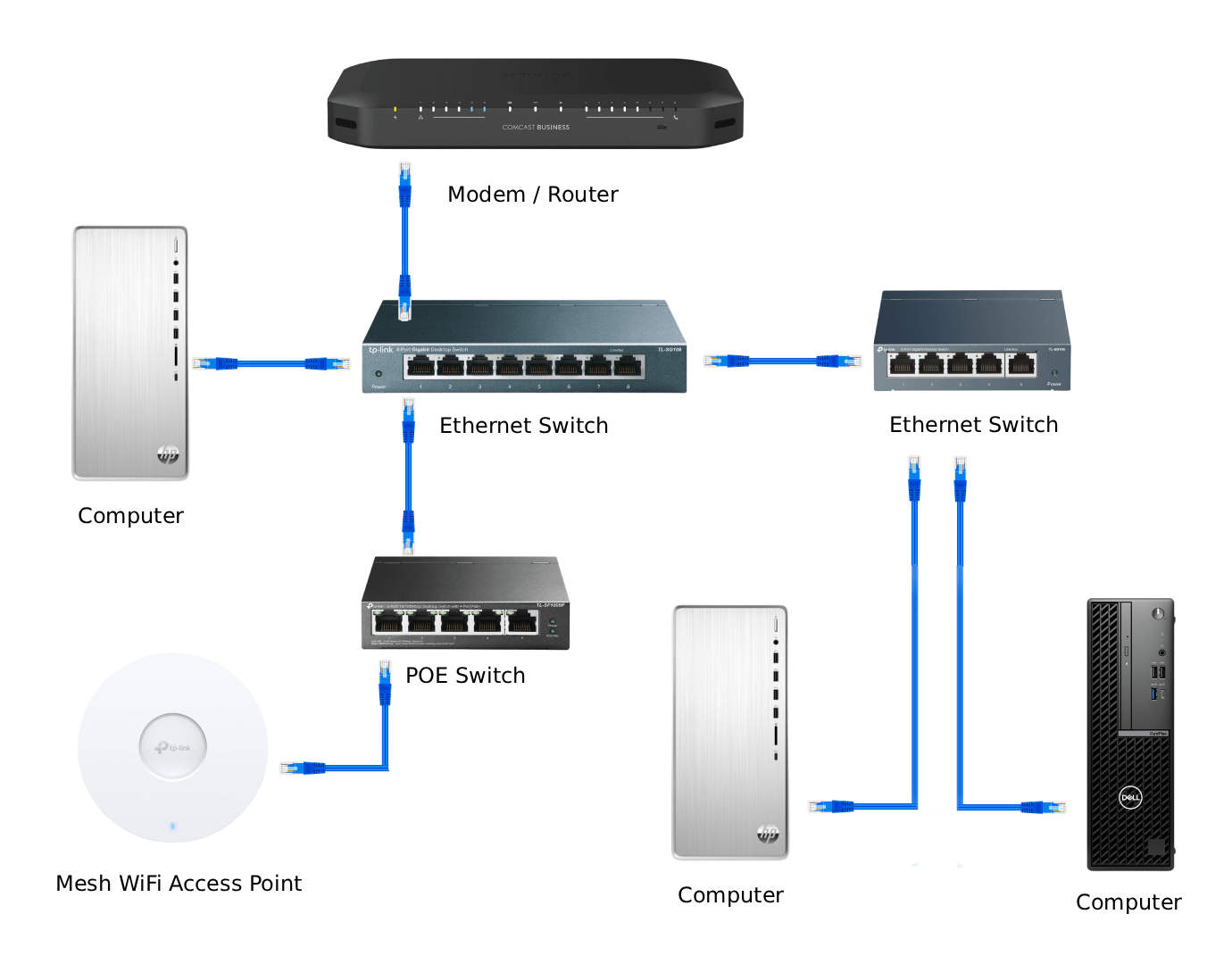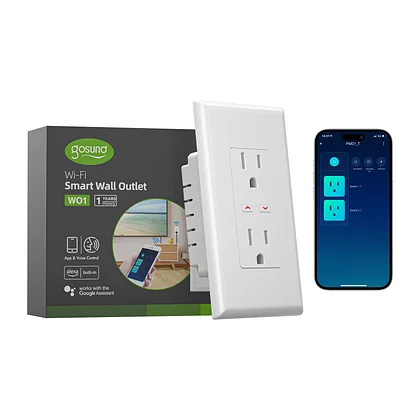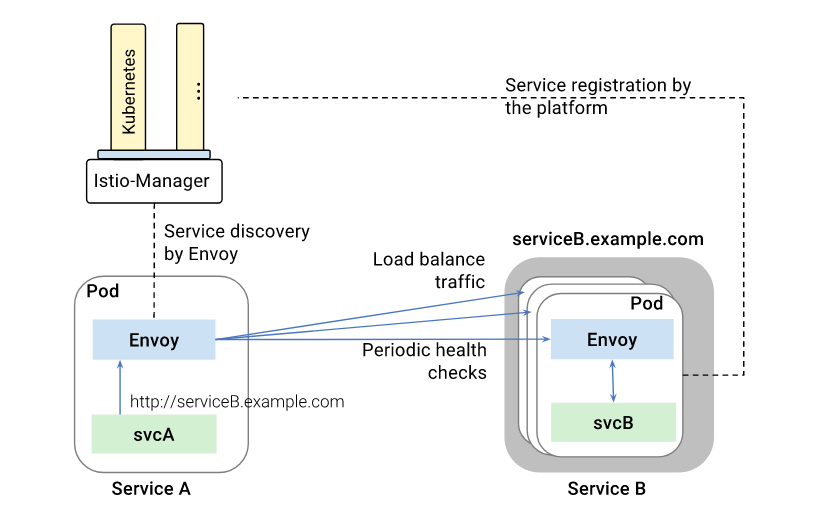Are you tired of dead zones and slow internet in parts of your home? Choosing the right WiFi setup can make all the difference.
When it comes to reliable coverage, you’ve probably heard about Mesh WiFi and Whole Home WiFi systems. But which one is truly the best fit for your space and lifestyle? You’ll discover how these two options work, their pros and cons, and which one can give you the seamless internet experience you deserve.
Keep reading, because the perfect WiFi setup for your home might be easier to find than you think.
Mesh Wifi Systems
Mesh wifi systems use multiple devices to spread wifi across your home. They create one strong network that covers many rooms.
This setup helps avoid dead spots where wifi is weak or drops. Mesh systems are good for large or multi-story houses.
How Mesh Wifi Works
A mesh wifi system has a main router and several nodes. Nodes are small devices placed around your home.
The main router connects to the internet. Nodes talk to the router and to each other. This spreads the wifi signal evenly.
- One network name (SSID) for whole home
- Devices connect to the strongest node
- Nodes communicate to avoid slow spots
Benefits Of Mesh Wifi
Mesh wifi gives better coverage than a single router. It helps remove wifi dead zones in big spaces.
Mesh systems are easy to set up and manage. You can add more nodes to cover larger areas.
- Strong signal in every room
- Simple setup with apps
- Easy to expand by adding nodes
- One network for all devices
Common Mesh Wifi Brands
Many companies make mesh wifi systems. Some brands are popular for good performance and ease of use.
- Google Nest Wifi
- Netgear Orbi
- Amazon Eero
- TP-Link Deco
- Linksys Velop

Credit: www.t3.com
Whole Home Wifi Solutions
Whole home wifi solutions help provide internet coverage in every corner of your house. They solve problems with weak signals and dead zones.
These systems make sure your devices stay connected, no matter where you are in your home.
Types Of Whole Home Wifi
There are several types of whole home wifi systems. Each type works in a different way to spread wifi signals evenly.
- Mesh Wifi Systems:Use multiple nodes that communicate with each other to cover large areas.
- Wifi Extenders:Repeat the signal from your main router to reach farther rooms.
- Powerline Adapters:Use your home’s electrical wiring to carry internet signals to remote spots.
- Access Points:Connect to your router with cables and create new wireless coverage zones.
Advantages Of Whole Home Wifi
Whole home wifi offers many benefits for everyday internet use. It improves connection quality and keeps devices online.
- Eliminates dead zones in your home.
- Provides stable and fast internet everywhere.
- Supports many devices at the same time.
- Easy to expand by adding more units.
- Improves video calls, streaming, and gaming.
Popular Whole Home Wifi Options
Many brands offer whole home wifi solutions. These options vary by price, features, and coverage size.
- Google Nest Wifi:Simple setup and good coverage for most homes.
- Amazon Eero:Easy to use with good app controls.
- Netgear Orbi:High speed and strong signal for large houses.
- TP-Link Deco:Affordable choice with solid performance.
- Linksys Velop:Flexible system with good range options.
Speed Comparison
Mesh Wifi and Whole Home Wifi both aim to provide fast internet throughout your house. Understanding their speed helps you pick the best option.
Speed matters for streaming, gaming, and working online. Let’s compare how these two systems perform.
Factors Affecting Wifi Speed
Several things impact the speed of your Wifi, no matter the system you use. These factors can slow down your connection.
Knowing these helps you understand speed differences between Mesh and Whole Home Wifi.
- Distance from the router or nodes
- Obstacles like walls and furniture
- Number of devices connected
- Wifi signal interference
- Internet plan speed
Performance In Real-world Use
Mesh Wifi uses multiple nodes to spread the signal evenly. This reduces dead spots and keeps speeds stable.
Whole Home Wifi often uses one main router with range extenders. It can have slower speed in far rooms due to signal loss.
- Mesh Wifi adapts to device locations for better speed
- Whole Home Wifi may drop speed at edges of coverage
- Mesh systems handle many devices smoothly
- Whole Home Wifi can struggle with multiple devices
Speed Test Results
Tests show Mesh Wifi usually offers faster speeds in all rooms. Whole Home Wifi has good speed near the router but drops far away.
| Location | Mesh Wifi Speed (Mbps) | Whole Home Wifi Speed (Mbps) |
|---|---|---|
| Near Router | 300 | 280 |
| Middle of House | 280 | 200 |
| Far Room | 260 | 150 |
Mesh Wifi keeps speed higher farther from the source. Whole Home Wifi speed drops more with distance.
Coverage And Range
Mesh Wifi and Whole Home Wifi systems both aim to provide good wireless coverage. They help your devices stay connected throughout the house.
Understanding their coverage and range differences can help you choose the right system for your home.
Coverage Patterns
Mesh Wifi uses several nodes that work together to spread the signal evenly. Each node covers a specific area, creating a large network.
Whole Home Wifi often relies on one main router and a few extenders. The coverage depends on how far the signal can reach from the main source.
- Mesh Wifi covers wide areas with overlapping signals.
- Whole Home Wifi may have gaps between extender ranges.
- Mesh systems adjust to cover weak spots better.
Handling Dead Zones
Dead zones are areas in your home with no wifi signal. Mesh Wifi reduces dead zones by placing nodes in weak areas.
Whole Home Wifi uses extenders to fill dead zones. But if extenders are too far, the signal can be weak or slow.
- Mesh nodes communicate to cover dead spots well.
- Extenders work best near the main router.
- Placing devices correctly improves coverage.
Impact Of Home Layout
Home layout affects how wifi signals travel. Walls, floors, and furniture can block or weaken signals.
Mesh Wifi adapts better to complex layouts by placing nodes in different rooms. Whole Home Wifi may struggle with signal loss in large or divided spaces.
- Thick walls reduce wifi signal strength.
- Open spaces allow signals to travel farther.
- Mesh systems handle multi-floor homes more effectively.
- Whole Home Wifi may need more extenders in tricky layouts.
Installation And Setup
Choosing between Mesh Wifi and Whole Home Wifi affects how you install and set up your network. Both systems work to cover your entire house with a strong signal.
Understanding the differences in installation and setup helps you pick the right option for your needs.
Ease Of Installation
Mesh Wifi systems are usually easy to install. You place nodes around your home to extend the signal.
Whole Home Wifi often requires wiring or extra hardware. This can make installation more complex.
- Mesh Wifi needs minimal wiring
- Whole Home Wifi may need professional help
- Mesh nodes connect wirelessly
- Whole Home Wifi uses wired access points
Configuration Options
Mesh Wifi systems come with simple apps for setup and control. You can manage all nodes from one interface.
Whole Home Wifi offers more detailed settings. You can customize network features but may need technical knowledge.
- Mesh Wifi apps guide users step-by-step
- Whole Home Wifi offers advanced network controls
- Mesh Wifi settings focus on ease
- Whole Home Wifi settings focus on flexibility
Maintenance And Updates
Mesh Wifi systems update automatically through their apps. This keeps the network secure with little user effort.
Whole Home Wifi may need manual updates. Managing multiple devices can make maintenance harder.
- Mesh Wifi updates happen quietly in the background
- Whole Home Wifi requires checking each device
- Mesh systems need less user maintenance
- Whole Home Wifi may need professional support
Cost Considerations
Choosing between mesh WiFi and whole home WiFi depends on your budget. Understanding costs helps you pick the best option.
This guide looks at the initial investment, long-term expenses, and value for money of both systems.
Initial Investment
Mesh WiFi systems often need multiple devices. These devices work together to cover your home.
Whole home WiFi usually means one powerful router or a few range extenders. The price can vary based on the brand and features.
- Mesh WiFi kits usually cost more upfront
- Whole home WiFi may cost less initially
- Extra devices add to the initial cost
Long-term Expenses
Mesh WiFi systems can save money over time. They often need fewer upgrades because they spread signal evenly.
Whole home WiFi might require more add-ons or replacements. Sometimes, signal gaps mean buying extra extenders later.
- Mesh systems have lower maintenance costs
- Whole home WiFi may need more updates
- Extra devices increase long-term spending
Value For Money
Mesh WiFi offers steady coverage and ease of use. This can be worth the higher price for large homes.
Whole home WiFi suits smaller homes or budgets. It can give good coverage but might need more effort to set up.
- Mesh WiFi is good for large or complex homes
- Whole home WiFi fits smaller spaces well
- Choose based on coverage needs and budget
Which One Fits Your Needs
Choosing the right wifi system can improve your internet experience at home. Two common options are mesh wifi and whole home wifi.
Both systems help spread wifi signals, but they work differently. Let’s explore which one fits your needs better.
Small Vs Large Homes
Small homes often need simple wifi solutions. Whole home wifi routers can cover these spaces well.
Large homes have many rooms and thick walls. Mesh wifi systems spread signals better in big spaces.
- Small homes: Whole home wifi is usually enough
- Large homes: Mesh wifi provides better coverage
- Mesh wifi adds more nodes to cover dead zones
Tech Savvy Vs Beginners
Tech savvy users like customizing their network settings. Mesh wifi systems offer more control and features.
Beginners prefer easy setup and less maintenance. Whole home wifi routers often come with simple setup apps.
- Tech savvy: Mesh wifi allows advanced settings
- Beginners: Whole home wifi is easy to use
- Mesh wifi can require more setup time
Specific Use Cases
If you stream videos or play online games in many rooms, mesh wifi helps keep a strong signal.
For basic web browsing and email in a small apartment, whole home wifi works well and costs less.
- Streaming and gaming in large homes: Mesh wifi
- Basic internet use in small spaces: Whole home wifi
- Multiple devices in different rooms: Mesh wifi

Credit: forum.quartertothree.com

Credit: www.reddit.com
Frequently Asked Questions
What Is Mesh Wifi System?
A mesh WiFi system uses multiple nodes to ensure seamless internet coverage throughout your home. It eliminates dead zones and provides consistent speed. These nodes work together to distribute the WiFi signal evenly, ensuring a stable connection even in large or multi-story homes.
How Does Whole Home Wifi Work?
Whole home WiFi typically uses a single, powerful router to cover the entire home. This system relies on the router’s range to provide internet access in every room. However, it might struggle with connectivity in larger homes or areas with obstacles like walls or floors.
Which Is Better For Large Homes?
Mesh WiFi is generally better for large homes due to its scalability. You can add more nodes to extend coverage. This ensures consistent internet speed and eliminates dead zones, providing a reliable connection throughout the entire house, regardless of its size or layout.
Is Mesh Wifi Easy To Set Up?
Yes, mesh WiFi is easy to set up with user-friendly apps. These apps guide you through the installation process, making it simple even for non-tech-savvy users. Additionally, mesh systems automatically optimize connections, ensuring the best possible performance without manual adjustments.
Conclusion
Mesh Wifi and Whole Home Wifi both improve internet coverage at home. Mesh Wifi offers easy expansion with multiple devices working together. Whole Home Wifi often uses a single, stronger router for coverage. Choose based on your home size and internet needs.
Small homes may do well with Whole Home Wifi. Larger homes benefit from Mesh Wifi’s wide reach. Both systems aim to keep you connected without dead zones. Consider your budget and tech comfort too. Good wifi makes daily online tasks smoother and faster.
Decide which option fits your lifestyle best.
20 min read







